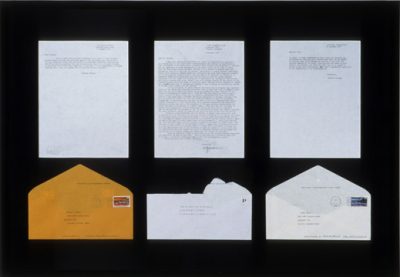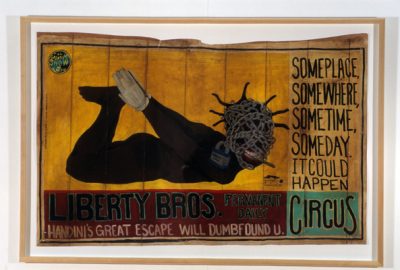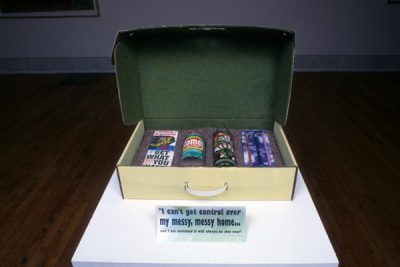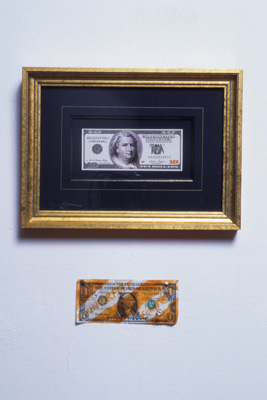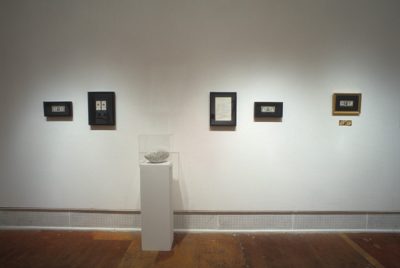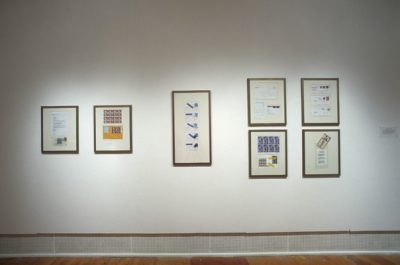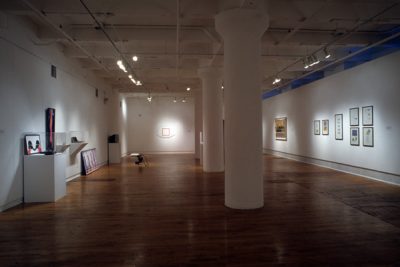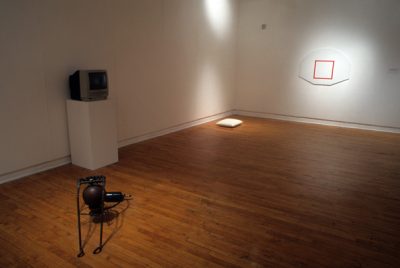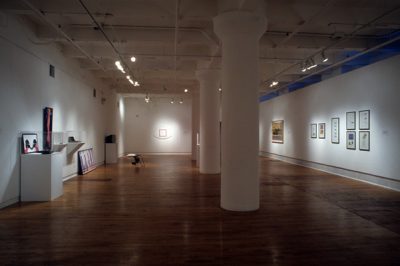Exhibitions
ABOUT THE EXHIBITION
The lion has traditionally been associated with institutional authority through its historical use in heraldry. The Spanish expression “El león no es tan fiero como lo pintan,” or “the lion is not as fierce as they paint him” refers to the deceiving nature of appearances and the ambiguities inherent in visual representations. The exhibition Concerning Truth, curated by Pablo Helguera, sought to bring together the work of artists who play with the border of truth and falsity, both visually and contextually. By using the context as a medium, these artists create invented realities that intrigue and often disorient the viewer. Picasso’s famous phrase, “Art is a lie which helps us to see the truth,” still applies today in the work of several artists who play with fiction, reality, and falsity in the creation of their work. From the 17th century tradition of Trompe l’oeil painting, through photo-realist work, visual artists have played with the visual truth. In the information age, the boundaries of authenticity are often broken beyond the visual and into the contextual, whether unintentionally (such as in Orson Welles’ radio broadcast of H.G. Wells’ The War of the Worlds) or with a direct intent, as in the work of the artists included in this exhibition.
The purpose of the exhibit was to show, through the artworks, how the presence of truth and falsity play an important role in our everyday life, including in our communication systems. Joan Fontcuberta has extensively explored issues of “truth” in photography and in the museum space. This has taken him to invent fake documentation of an imagined incident, or carefully present false, yet convincing, photographic documentation of imagined species in a convincing context. In the realm of creating fake documentation, Chicago artist Carol Jackson creates fake tax forms which are distributed as real ones. In another project, Jackson transformed a gallery space (Chicago Project Room) into a store, altering the identity of the very space where she was showing. Similarly, Estonian artist Mark Viljus alters already existing installations, playing with the pre-existing content of a display space. Matt Liederstam makes truthful reproductions of classic genre paintings, which undergo slight modifications that are not immediately apparent to the viewer. Mike Hernandez de Luna has produced various series of postal stamps which actually have been taken as real by the US postal office. In the realm of challenging our legal systems, G.S.G. Boggs draws strikingly real-looking dollar bills which he “exchanges” in stores. Stephanie Brooks manipulates public signs and conventional informational formats to give a critical commentary on our obsession with classification. In a similar fashion, Thomson Owen creates fake brands and labels which often replace the real ones on supermarket shelves. Michael Ray Charles creates unsettling banner work which appears to have historical authenticity but is rather an ironical comment on commercial America’s depiction of African Americans. Lawrence Weschler, author of Mr. Wilson’s Cabinet of Wonders, wrote an essay to accompany the exhibition.
Finally, Concerning Truth was not purely about truth and falsity. Rather, truth and falsity became mediums that generated a sense of wonder. In Dr. Wilson’s Cabinet of Wonders, Weschler uses the collection of the Museum of Jurassic Technology as a point of departure to reflect on the sense of wonder and curiosity created by exhibition spaces, which in a way was the real originator of our modern concept of the exhibition space. In a similar way, Concerning Truth was intended to transcend the polarity of true vs. false, and help the viewers think about the issues that each work raises. At the end, it is not so important to know whether something is based on true or false elements, but rather on whether it invites us to think in a different way about our reality.
The School of the Art Institute of Chicago’s 1926 gallery and TBA also participated in this exhibition.
ARTISTS
Stephanie Brooks, Michael Hernandez de Luna, Carol Jackson, John Arndt, J.S.G. Boggs, Thompson Owen, Steve Juras, Ho Siu-kee, and Xu Bing
SUPPORT
Concerning Truth is made possible by the School of Art and Design, the College of Architecture and the Arts, and supported in part by a grant from the Illinois Arts Council, a state agency.


